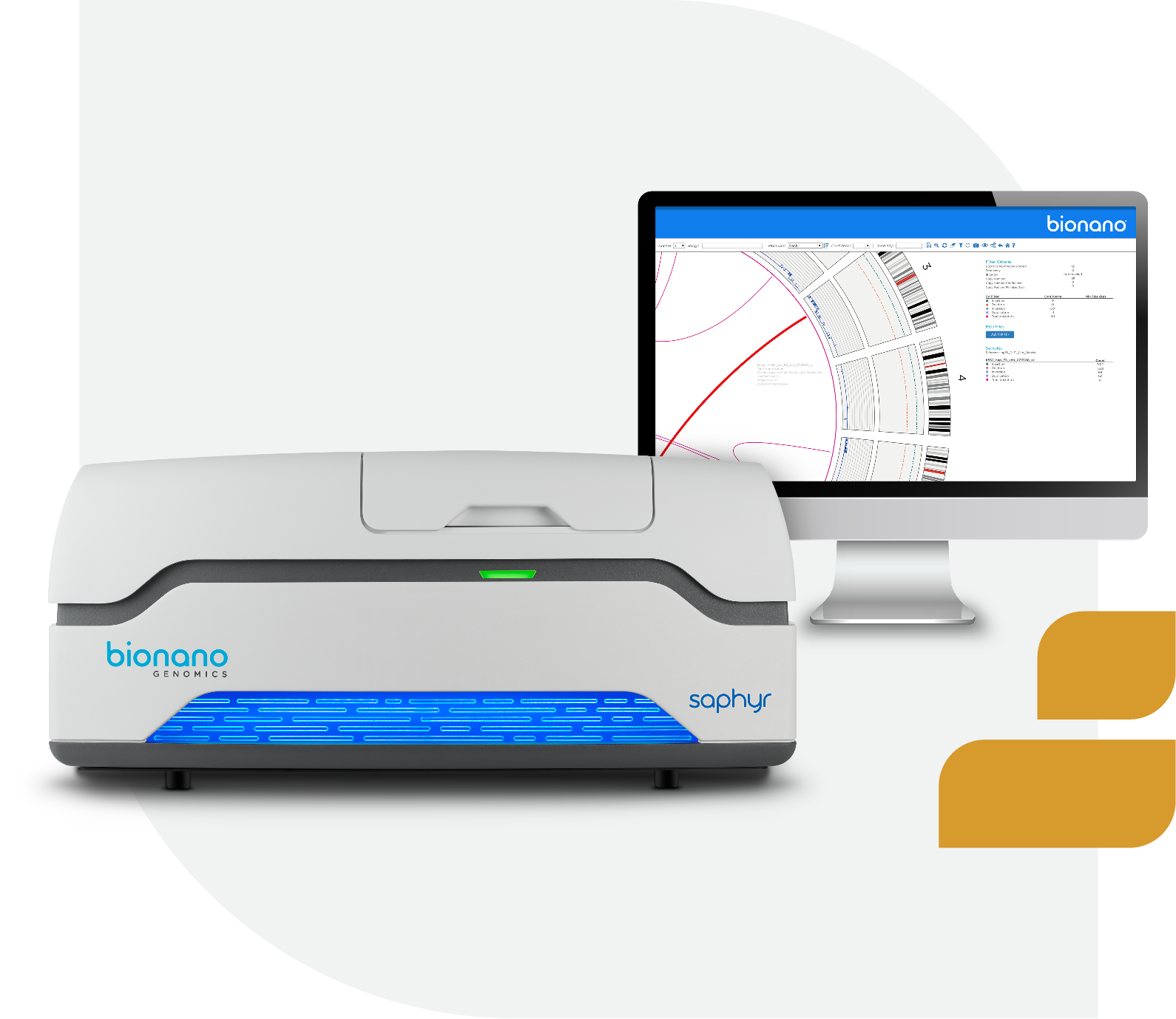HOW IT WORKS
During an Optical Genome Mapping (OGM) research project with our services laboratory, you’ll embark on a collaborative journey with our experienced team.
Here’s how it works:
- Project Initiation: You’ll collaborate with our team to define the scope of your research project. Together, we’ll discuss your research question, objectives, and sample set selection.
- Sample Analysis: Once the project scope is defined, our laboratory will perform OGM and initial structural variant analysis on your selected sample set. Using state-of-the-art technology and methodologies, we’ll generate high-quality data to address your research needs.
- Collaboration and Communication: Throughout the project, we’ll maintain open communication channels to ensure that your research goals are met. We’ll provide regular updates on the progress of the analysis and seek your input as needed.
- Data Delivery: At the conclusion of the project, you’ll receive comprehensive deliverables, including raw molecules data, assemblies, and annotated structural variant (SV) calls. Additionally, we’ll provide training on our proprietary visualization software, empowering you to explore and interpret the results effectively.
- Data Integration: Our team will support you in integrating OGM results with other data types, such as sequencing and array data. We’ll facilitate exports to various file formats, including VCF files, enabling seamless comparison and combination of OGM results with other datasets.
Through this collaborative approach, we aim to deliver actionable insights that advance your research objectives and drive scientific discovery. Join us in unlocking the full potential of OGM to uncover the mysteries of the genome and accelerate breakthroughs in your field of study.



